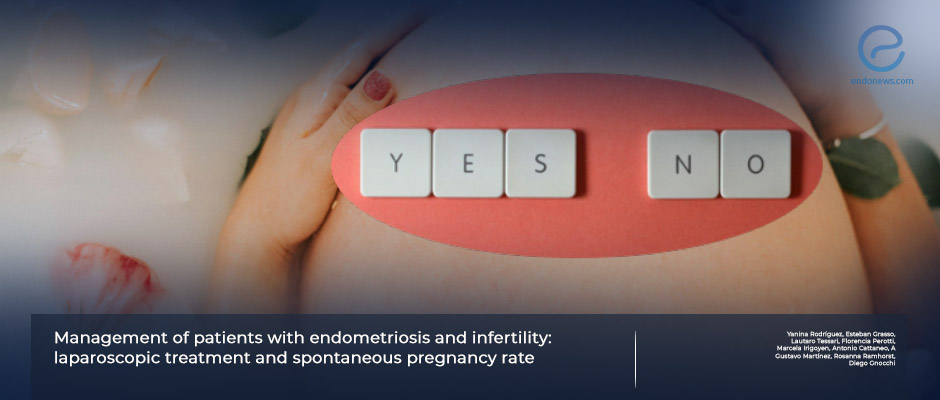Do I Need Assisted Reproduction to Become Pregnant After Endometriosis Surgery?
May 10, 2024
A new decision tree can help identify patients with endometriosis who are most likely to benefit from assisted reproduction to conceive following laparoscopic surgery.
Key Points
Highlights:
- Researchers developed a decision tree that can identify patients with endometriosis who might need assisted reproduction following endometriosis surgery.
Importance:
- This approach can minimize the time for a woman to become pregnant following endometriosis surgery.
What’s done here:
- Two hundred patients who underwent surgery for endometriosis were evaluated.
Key results:
- The majority of women with endometriosis became pregnant following surgery.
- Those who became pregnant naturally tended to have less severe endometriosis.
- It took on average 5.7 months for women to become pregnant following endometriosis surgery.
- The accuracy of the decision tree was 81.3% while its specificity was 53.3%.
Lay Summary
Researchers from Argentina developed a decision tree that can help identify patients who might need assisted reproduction techniques to become pregnant following endometriosis surgery.
This way, the time between surgery and pregnancy could be minimized and the overall outcome may be improved.
To identify factors that play a role in natural conception following endometriosis surgery, a team of researchers led by Dr. Diego Gnocchi from FERTILIS Medicina Reproductiva in Buenos Aires, Argentina conducted a retrospective study between 2014 and 2020 and a follow-up period of two years in 200 patients, ages 25 to 43 who had endometriosis-related infertility and who had laparoscopic surgery. Of these, 33 were prescribed assisted reproduction immediately while 167 chose not to have assisted reproduction. Of those who chose not to have assisted reproduction, 120 became pregnant naturally whereas 47 eventually had assisted reproduction.
The researchers reported that they observed a tendency of more severe endometriosis in patients who were prescribed assisted reproduction immediately compared to those who waited to become pregnant naturally. On the contrary, there was a tendency to have less severe endometriosis in patients who became pregnant naturally.
When they analyzed the time it took to become pregnant, the researchers found that patients who refused assisted reproduction became pregnant naturally in 5.7 months on average while those who originally refused assisted reproduction but eventually had it took 1.8 times longer to become pregnant. Once prescribed assisted reproduction, however, patients who originally refused it became pregnant within a similar time frame as those who achieved pregnancy naturally.
To identify those patients who might benefit from assisted reproduction early on, the researchers conducted a multivariable analysis and developed a decision tree with 81.3% accuracy and 53.3% sensitivity.
“The results presented herein support other studies that suggested that surgical treatment for endometriosis might improve spontaneous pregnancy rates,” the researchers concluded.
The study is published in JBRA Assisted Reproduction.
Research Source: https://pubmed.ncbi.nlm.nih.gov/38640351/
infertility assisted reproduction spontaneous pregnancy laparoscopic surgery decision tree

